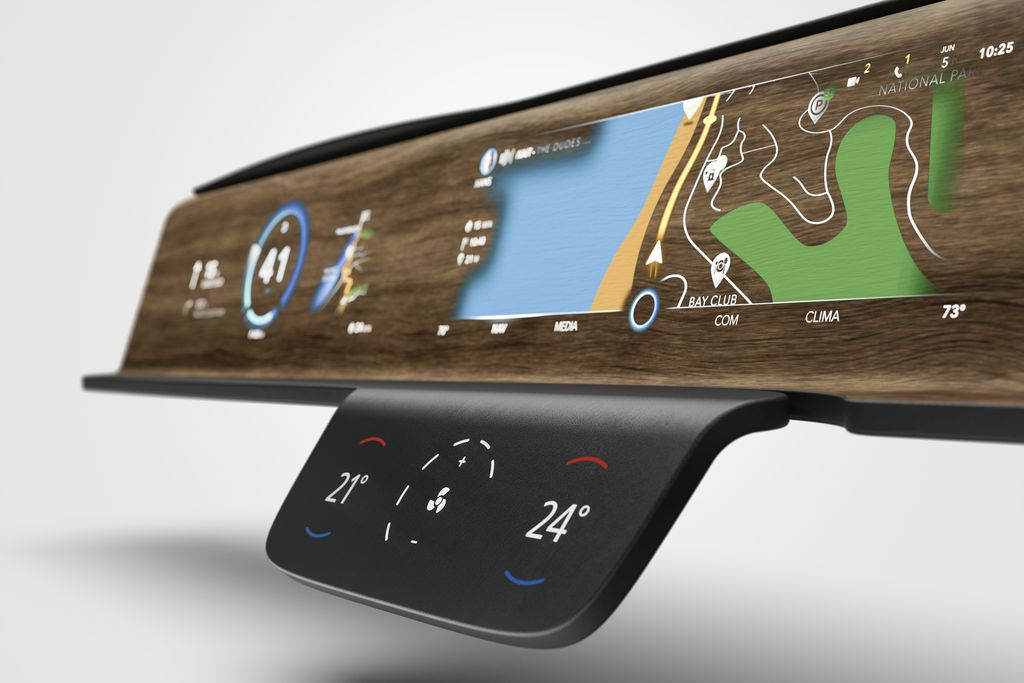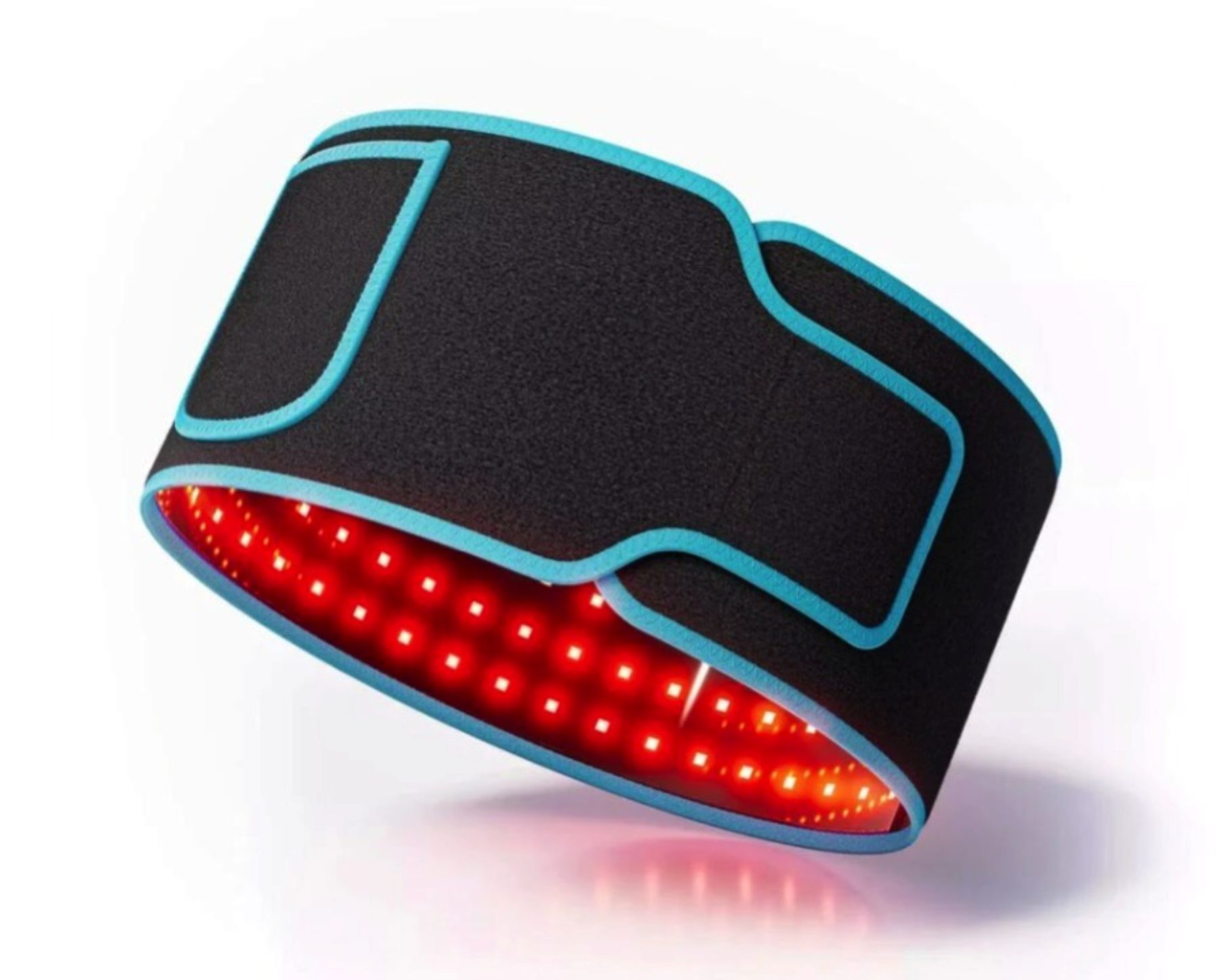Continental Demonstrates the Future of Mobility at CES® 2022

-At technology company Continental, we are driving the future of mobility – more safely, more connected, and more convenient. For more than 150 years, Continental has revolutionized the way we move and at CES 2022, the company will offer a glimpse into the future, experiencing hands-on solutions for some of today’s mobility concerns.
“Continental’s innovative solutions on display are not only transforming the driving experience, they’re also reinventing the definition of mobility.”Tweet this
“The future of mobility means safer, connected and more inclusive transportation systems. At CES we are demonstrating the possibilities of achieving our vision zero goal and optimizing convenience for easy access to mobility for everyone,” said Gilles Mabire, Chief Technology Officer, Continental. “Continental’s innovative solutions on display are not only transforming the driving experience, they’re also reinventing the definition of mobility.”
From architecture and networking to autonomous mobility and the user experience, the list of pioneering technologies from Continental is expanding as the automotive industry continues its rapid shift towards software and mobility services. Continental will be showcasing a collection of innovative products and services at CES 2022 on January 5 – 8 in Las Vegas.
How cars are set to become computers on wheels
Vehicle technology is profoundly transforming towards fully connected, automated, as well as software-defined vehicles. Continental is already driving this development by offering an overarching set of solutions for server-based architectures and being the first supplier who has brought a Body High Performance Computer (HPC) to the market with Volkswagen’s ID. electric series. In addition to platforms for domain-focused HPCs for vehicle cockpit, data management and vehicle connectivity, driving safety and dynamics, or automated driving, Continental is now also offering modular platform solutions for cross-domain HPCs. A first cross-domain HPC from Continental, which hosts functions and features from the body and vehicle control domain will be integrated into future electric vehicles from a major Chinese vehicle manufacturer. Continental’s architecture and networking portfolio is extended by offering scalable zone controller solutions with growing cross-domain capabilities. Zone Control Units (ZCUs) are in physical zones in the vicinity of sensors and actuators, act as a communication gateway, provide smart power distribution and ensure the reliable execution of vehicle functions. With Continental’s modular platform solutions, vehicle manufacturers can choose the best fit for their future vehicle architectures.
Also, on display, Continental will demonstrate how software and powerful IT infrastructure based on the Continental Automotive Edge Framework enable new functions and are transforming mobility. This modular hardware and software platform connects the vehicle to the cloud and features numerous options to develop, supply and maintain software-intensive system functions. This will allow drivers to integrate the functions they want going forward during the entire service life of their vehicle by downloading quick and convenient software updates.
Cultivating the user experience through design
Continental is constantly striving for a seamless and innovative mobility experience. As part of this experience, Continental will demonstrate cutting-edge solutions in design, innovation, and functionality, like Continental’s award-winning ShyTech displays, which restore simplicity and enhance safety without compromising on advanced functions. Control surfaces made of buttons, lights and switches are hidden to integrate with the display in a brand-new way. While the full range of control options are always there for a user, only relevant content is visible. Instead of presenting an ‘empty’ black display surface or numerous physical buttons, Continental’s ShyTech displays create a more attractive cockpit design presenting an elegant surface that can be made to resemble wood grain, carbon fiber, or leather. The display can be a pillar-to-pillar solution, utilizing the full width of the dashboard or it can be used to create completely new interactive areas for drivers and passengers where displays traditionally were not in use before.
The growth of display areas is one of the key trends across vehicle interiors, but this can lead to a disruptive experience for drivers. For the first time at CES, Continental will present its award-winning Switchable Privacy Display, aimed to entertain the front passenger while reducing distractions for the driver. With this technology, passengers can engage with multimedia content such as videos or the infotainment system outside the driver’s view. In private mode, a strongly directed backlight makes content fully visible only from the passenger’s viewing angle. If necessary, and if the traffic situation permits, the display can be switched to public mode, allowing the driver and the passenger to experience the selected content. As entertainment options become more prevalent in vehicles, technology like the Switchable Privacy Display is essential to reduce driver distractions.
Supporting vision zero
Crashes involving wrong-way drivers are among the most catastrophic, with almost 400 people killed every year in the United States. Continental will offer a demo of its Wrong Way Driver system, which promotes safety by warning at-risk drivers about vehicles traveling the wrong way. Early alerts about a wrong-way driver’s location, speed and direction of travel allow drivers to take proactive safety measures.
The technology relies on a combination of Continental sensors, connected-vehicle systems and a heat-mapping algorithm. It is a self-learning system that is packaged in roadside equipment to define the roadway and direction of travel.
The fully immersive demo puts users behind the wheel of a car in a scenario with a wrong way driver. Participants will experience the situation with and without the Continental technology in a driving simulation.
Alongside partner AEye, Continental is debuting its HRL131 long-range LiDAR. This precision sensing technology is a critical component to enable the future of autonomous mobility. The HRL131 long-range LiDAR is a Microelectromechanical System-based (MEMS) adaptive LiDAR for Level 3 and Level 4 assisted and automated driving solutions. This high-performance LiDAR technology enables key features for passenger and commercial vehicle applications by combining a high dynamic spatial resolution with long-range detection. Its software defined scan patterns can be fully customized to adapt to any customer requirements. With that, the one sensor is set up to handle the most difficult, dynamic environments for autonomous driving – from high-speed highway scenarios to densely packed urban roads. The HRL131 is on track for start of production in 2024 and will be the first high-resolution, solid-state long-range LiDAR sensor in the world to go into series production in the automotive market, joining Continental’s automotive grade short-range LiDAR, HFL110, which is now in series production.
Continental’s WWD and LiDAR technologies support the company’s goal of Vision Zero: a goal for a future with Zero Crashes, Zero Fatalities and Zero injuries.
Sustainability remains a focus
During CES, Continental will present its sustainable concept tire, Conti GreenConcept. This conceptual study by the premium tire manufacturer leverages both current and emerging technological approaches to the engineering of sustainable tires for passenger cars, as yet another example of Continental’s wide-ranging activities in pursuit of sustainability. The goal of Continental’s integrative and sustainable concept is minimizing resource consumption across every link in the tire’s value chain. As a result, the study addressed everything from the sourcing and procurement of raw materials in the various stages of production up to ways of extending the tire’s service life. Development engineers and materials experts rose to the occasion and found novel solutions to each of these challenges. The result, a tire that consists of a particularly high percentage of traceable, renewable, and recycled materials, has an innovative, lightweight design that conserves valuable resources, and extended service life thanks to a renewable tread.
Continental has an ambitious goal of becoming the most progressive tire company with regard to ecological and social responsibility by 2030. By 2050, at the latest, Continental intends to be manufacturing its tire products using 100 percent sustainably produced materials, achieving full climate neutrality throughout all its supply chains.
Continental at CES 2022
Continental will showcase its latest innovations in a private exhibit at the Renaissance Hotel from Wednesday, January 5 through Saturday, January 8. An invitation-only media event has been scheduled for January 5. Please contact Mary Arraf for details.
Follow Continental CES 2022 highlights on Twitter: #ContinentalCES
Continental develops pioneering technologies and services for sustainable and connected mobility of people and their goods. Founded in 1871, the technology company offers safe, efficient, intelligent, and affordable solutions for vehicles, machines, traffic and transportation. In 2020, Continental generated sales of €37.7 billion and currently employs more than 192,000 people in 58 countries and markets. On October 8, 2021, the company celebrated its 150th anniversary.
Social Media
For the latest Continental news and information, follow us on:
Facebook: Continental USA
Twitter: @ContiPressUSA
LinkedIn: Continental
#SafelyThere Campaign: www.continental.com/safelythere





